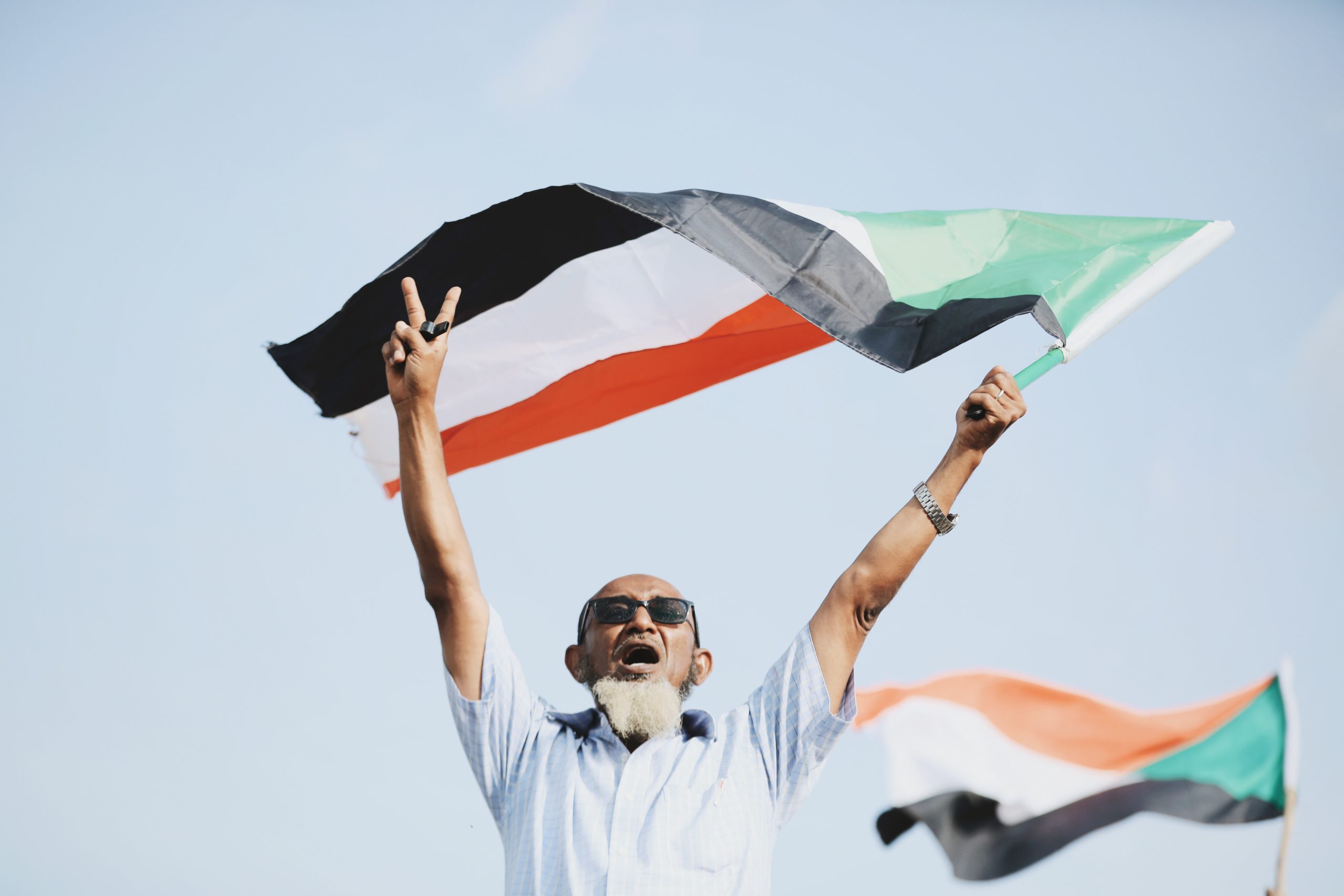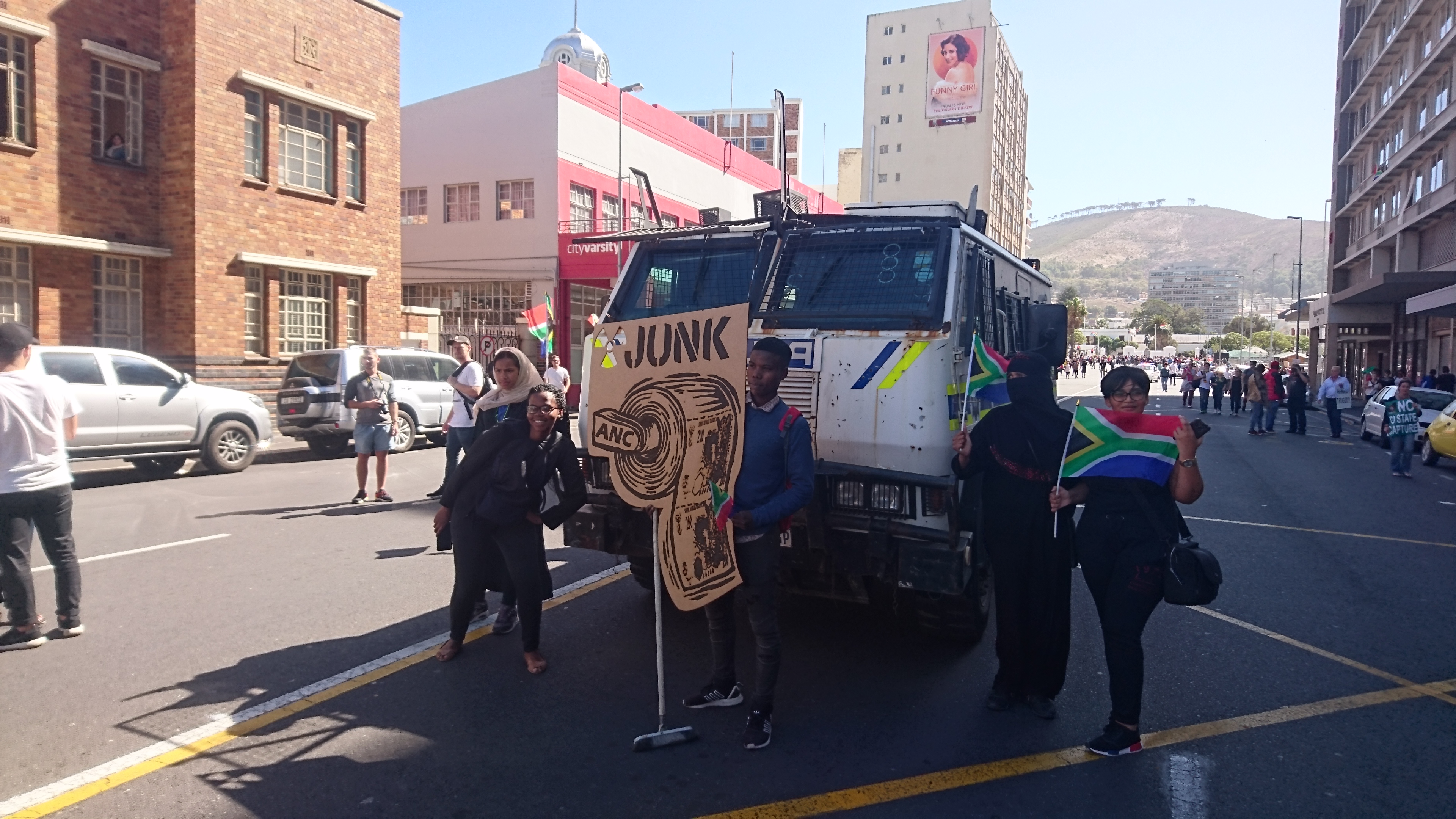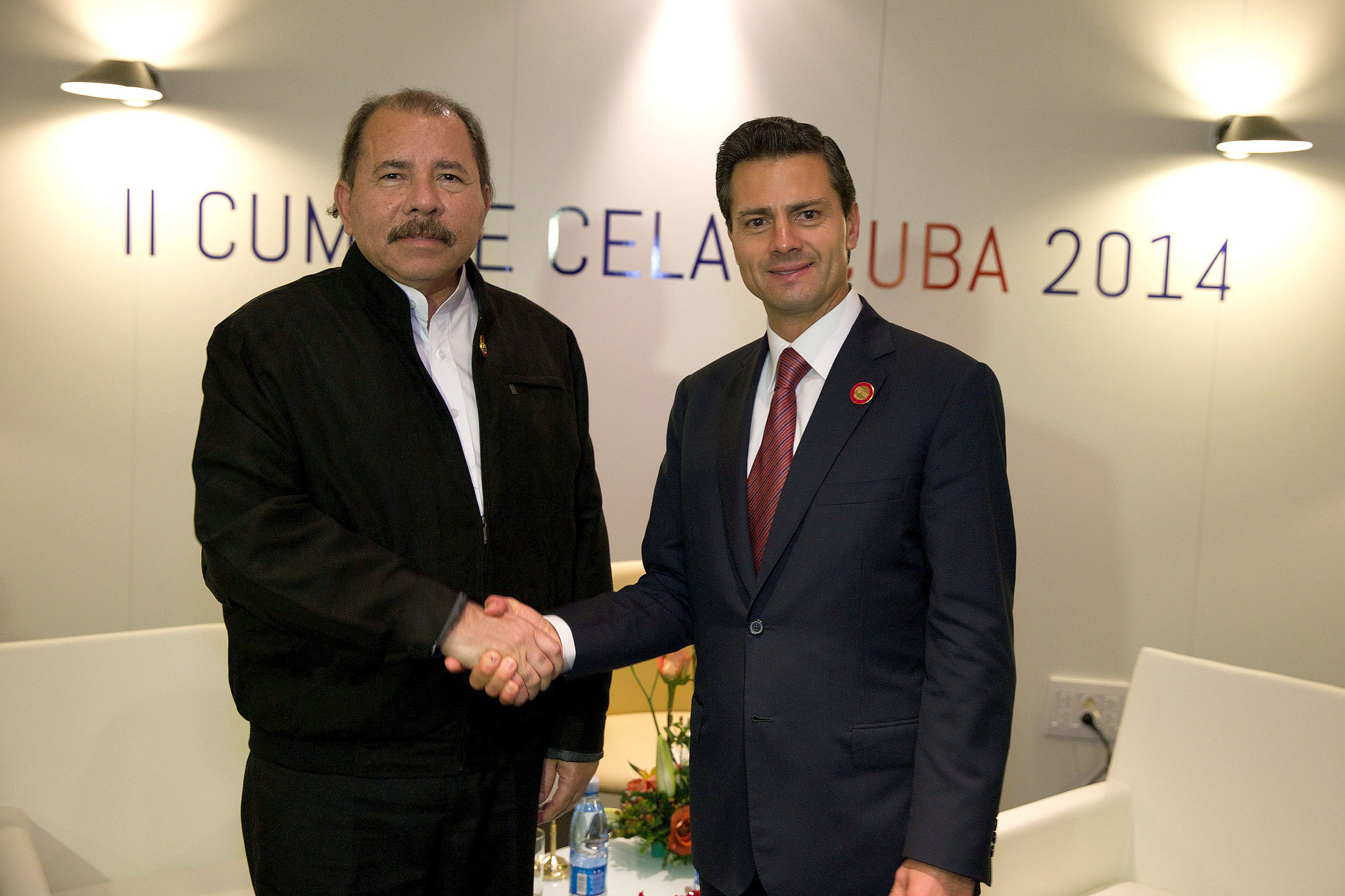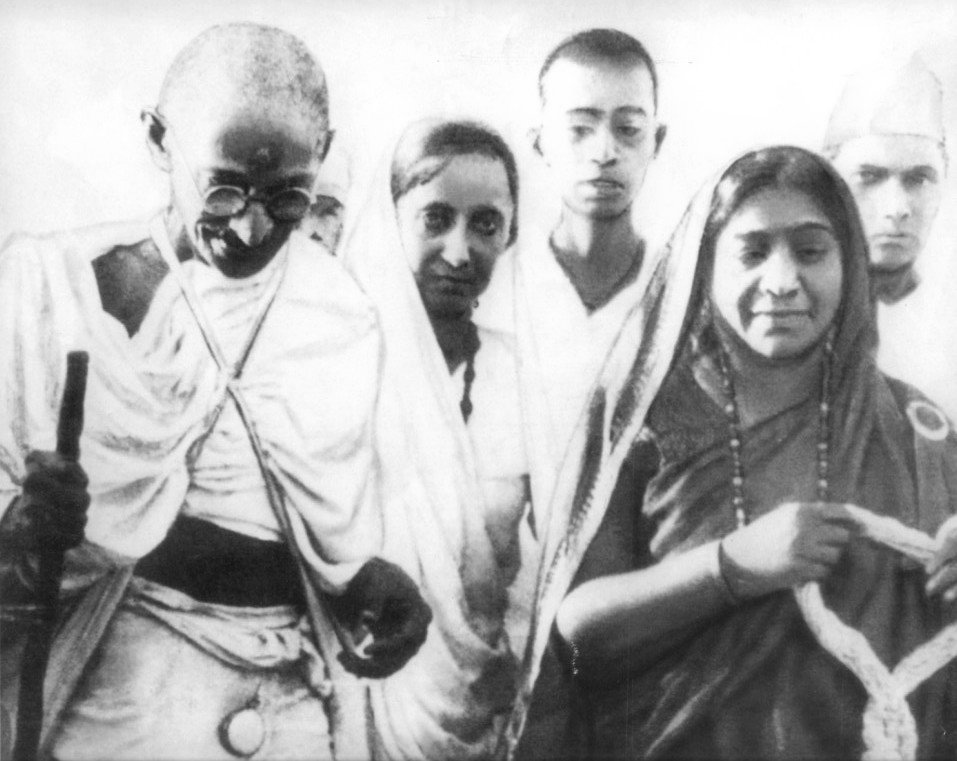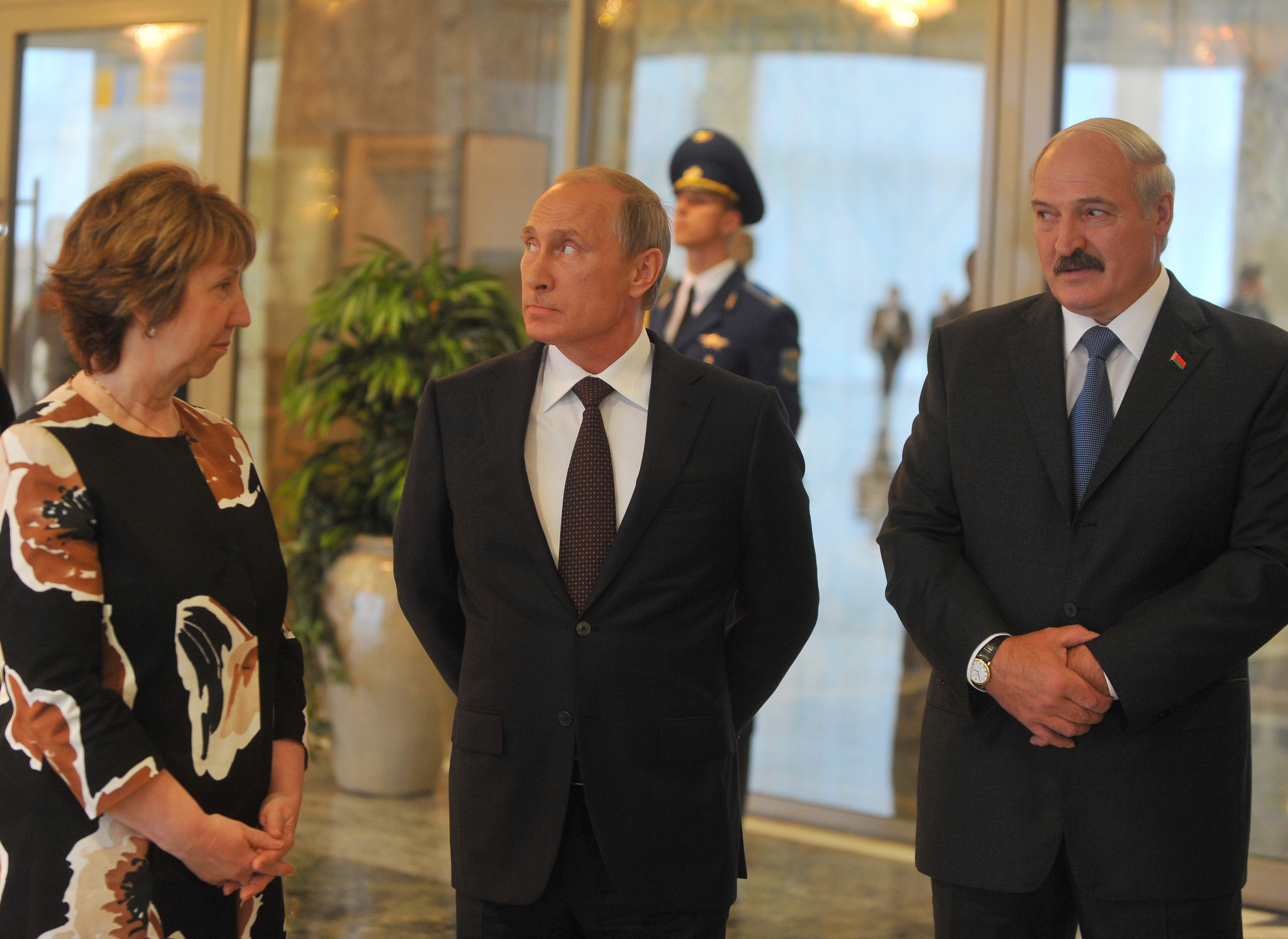Guest post by Salah Ben Hammou
Monday marked three years since Sudanese officers toppled longtime dictator Omar al-Bashir in a coup d’etat.
In April 2019, the military intervened amid a wave of sustained civil disobedience. Mass demonstrations against the ruler, originally spearheaded by the Sudanese Professionals Association (SPA), had filled the streets since late December 2018. Due to further civilian pressure after the coup, the armed forces entered a political agreement with pro-democracy groups and political parties known as the Forces of Freedom and Change (FFC) to navigate a transition towards democratic and civilian rule.
Today’s context is unfortunately much different than what many hoped for in those early days. Sudan’s officers are violently consolidating their authority in the country. In late October 2021, General Abdel Fattah al-Burhan staged a coup against the transitional government and ended the power-sharing arrangement with the FFC. Days before the power-grab, former rebel groups and rogue members of the government organized protests in Khartoum, demanding that the military intervene and take power. Although much larger pro-civilian demonstrations followed, the armed forces answered the calls of the pro-military protestors. Now, the military is drafting a new transitional agreement with its civilian allies to entrench its power.
Despite protests preceding both events, the 2019 coup was ultimately followed by a democratic transition whereas last year’s power grab reintroduced authoritarianism. Why? The short answer is that the protests themselves were different. In 2019, mass protests emerged organically, and protesters succeeded in using the military to oust Bashir. In 2021, the military manufactured protests to prevent a civilian takeover of government and to maintain their own power.
Coups often take place in the wake of protests and civil disobedience, particularly in Sudan. Beyond the 2019 and 2021 coups, the 1985 coup against then-strongman Jaafar Nimeiri occurred in the wake of sustained anti-government protests. More generally, researchers have dedicated significant attention to the different ways protests can spark coup attempts (some examples here, here, and here). Recent studies have also explored what happens after such events. One study, for example, finds that democratic bona fides after protest-sparked coups are more likely today, in the post-Cold War era. But Sudan’s experience within the last three years suggests that isn’t always the case.
In 2019, anti-Bashir demonstrations swelled into an organic mass movement, cutting across different societal cleavages and incorporating a wide array of political parties, labor organizations, and members of the public. Though protestors initially demanded economic and political reforms, the wide-reaching scope of the protests eventually led to calls for Bashir’s resignation. Importantly, the demonstrations remained independent of the military, with protestors only calling on the armed forces’ intervention as a final effort to remove Bashir. Activists first appealed to army conscripts and the rank-and-file to defend them against the regime’s loyal security services. Shortly after, the top brass complied with protestors’ demands and arrested Bashir. However, civilians refused to allow the coup leaders to consolidate their authority. Various sit-ins and strikes continued after the coup, with activists demanding a civilian-led government. With overwhelming domestic and international support, protestors were able to push the officers to sign a power-sharing arrangement and allow for a civilian-led transition.
In contrast, the 2021 pro-military protests were not organic or wide-reaching and served as little more than a pretext for the subsequent coup. These protests were primarily organized by the military’s newfound allies, Minni Minnawi and Gibril Ibrahim—former Darfuri rebel leaders integrated into the transitional government and FFC. Claiming that other urban parties had “monopolized” control in the FFC, the former rebels formed their own coalition with other smaller political parties, declared their support for the military, and organized protests in the capital, Khartoum. Allegedly using financial aid from Sudan’s officers—such as the powerful militia leader General Mohamed Hamdan Dagalo—the organizers had paid demonstrators driven into Khartoum, gathered in the heart of the capital, and fomented calls for the military to end the power-sharing government and formally hold power. Amid chants stating “one army, one people” and “the army will bring us bread,” observers noted the absence of security forces in quelling or containing the protests, fueling suspicions of the military’s involvement. Just a month before the protests, figures such as Dagalo and Burhan warned that they could use the public against the civilians in power amid growing civil-military disputes.
It was no surprise, then, when the military intervened only days later, using the protests as justification. The coup leaders have since worked to reinstate a dictatorship reminiscent of Bashir’s ancien régime, relying on repression to deter civilian opposition. Meanwhile, the armed forces appear to be rewarding their civilian allies with elevated positions in the new transitional government while still maintaining a monopoly over political power.
The military’s use of protests to manufacture a façade of popular support is not unique to Sudan. Observers have documented the Egyptian military’s use of the Tamarod movement and its demonstrators in 2013 to justify their intervention against President Mohammed Morsi. Funded by a constellation of business elites, opposition parties, and the military, the Tamarod movement mobilized in Tahrir Square and demanded the armed forces’ intervention to sack Morsi. These developments echo a growing body of research on civilian support and involvement in military coups.
The differences between the events of 2019 and 2021 should help inform how policymakers and academics think about the relationship between protests and coups. Neil Ketchley once noted that “we often think of street-level mobilization as the domain of progressives and revolutionaries… [but] powerful state actors can also orchestrate…collective protest for their own ends.” While 2019’s events revealed that a genuine civilian revolution could ultimately guide a country into a democratic transition, 2021’s events show that counterrevolutionary forces can rely on similar tactics to justify their return to power.
Salah Ben Hammou is a PhD student of Security Studies at the University of Central Florida.

